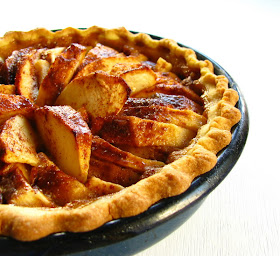It was an exhausting week and I'm glad it's over.
Last tuesday was set to be the kitchen demolition day, although we didn't ruin the entire kitchen but almost. We had brand new counters and cupboards made by Ivan and his father and there was only one old thing left in the kitchen that was supposed to be gone – a 35 years old huge concrete counter moulded like a sink that looked like a huge wash tube. As a sink it was very comfortable to use it, but it was so ugly, and huge – more than 2 metres long, and ugly. Did I mention how ugly it was?
Monday night, we had to move all our kitchen possessions into the hall - tools, implements, tableware, all kind of food provisions, small kitchen appliances and whatever one could think of that has its place in the kitchen. The bigger appliances had to be carefully covered with nylons.
While moving things here and there we decided to make some food for the next day workers. We baked two dozens of burger buns. I made potato fritters, Ivan made some meatballs – for vegetarian and carnivore burgers. And in all that fuss I decided I'm in a mood for baking something sweet. Why not to use the two beetroots that I was looking in which box to put. This is how these whoopie pies were born. The piping bag was already somewhere in the boxes so I had to scoop them with a spoon - it's why they are so dishevelled. But as this was an improvised late last minute baking I don't mind it.
Beetroot Whoopie Pies Recipe:
- 160 gr cake flour;
- 1/3 tsp salt;
- 1 Tbsp baking powder;
- 1 egg;
- 75 gr dark brown sugar;
- 50 gr white granulated sugar;
- 80 ml vegetable oil;
- 240 gr beetroot puree.
In a bowl sift together flour, salt and baking powder. Set aside.
Beat the egg just until frothy. Add the vegetable oil and the two types of sugar, then the beetroot puree and beat until homogenous. Whisk in the flour mixture just until combined.
Using teaspoon drop small piles of the mixture on a silpat lined baking pan. Bake for about 15 minutes or until a toothpick inserted in the middle of the pies comes out clean.
For the Beetroot Puree:
Wash 2 beets really well using a kitchen brush. If there are any leaves, cut them off the beets leaving about 2 cm stem on. Place the beets in a pot with simmering water and simmer for around 50 minutes or until fork tender. Discard the water and let the beets cool. Peel them and puree them finely in a food processor. Measure out 240 gr of the puree. Freeze the rest or use for something else.
For the Filling:
- 190 gr cream cheese;
- 60 gr butter, softened but not melted;
- 60 gr powdered sugar.











































